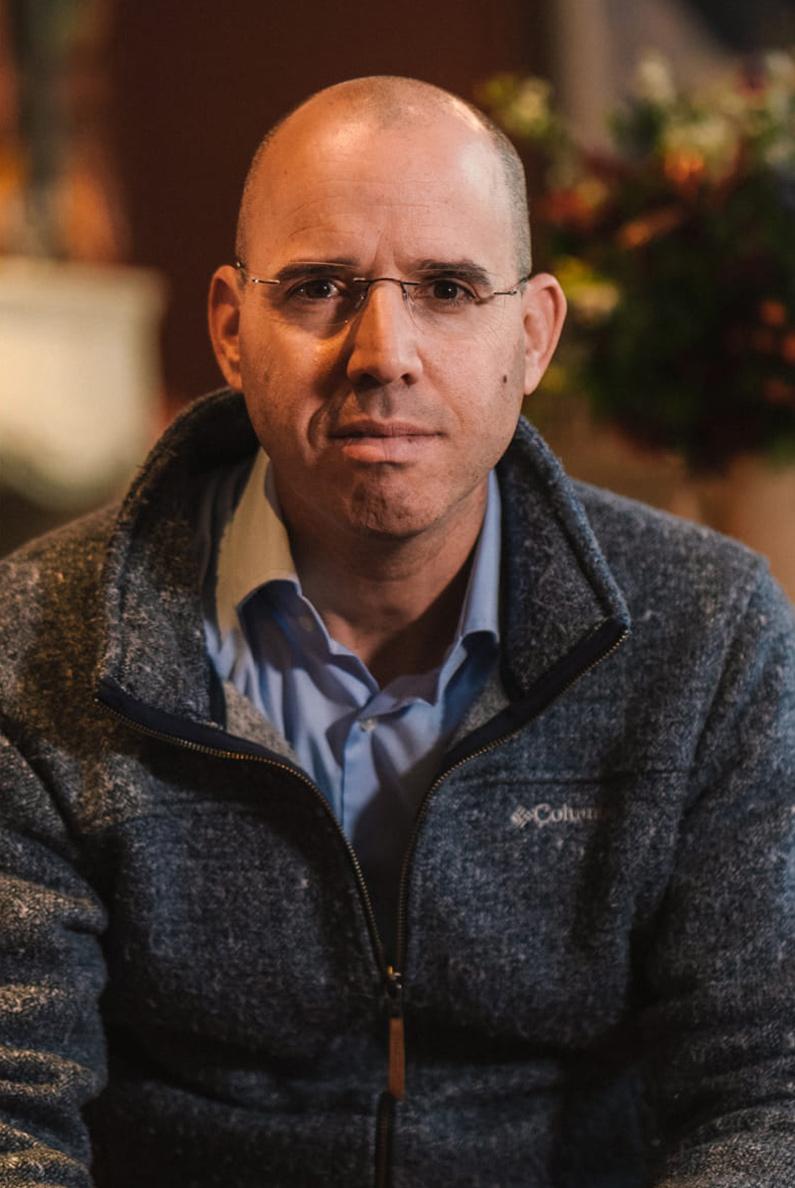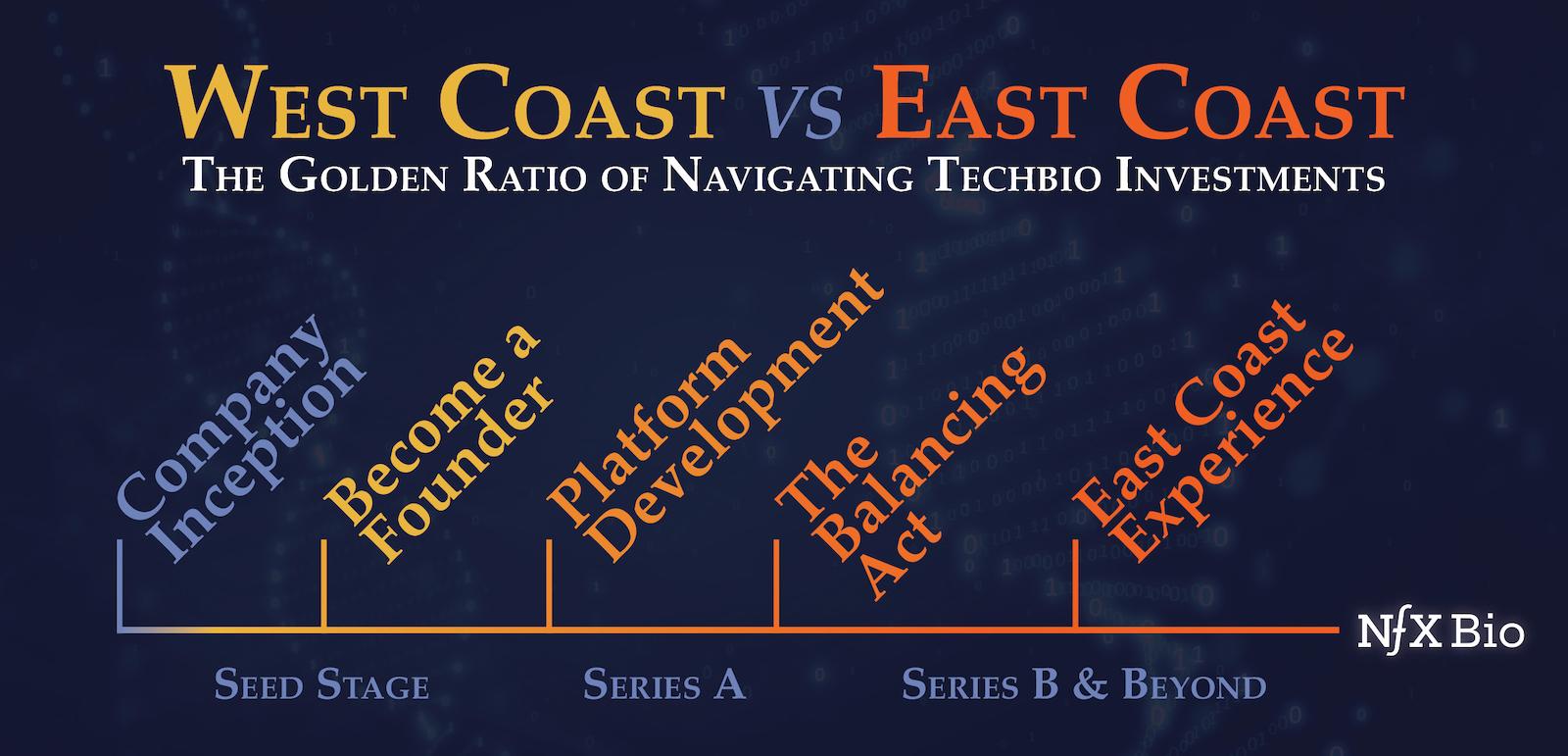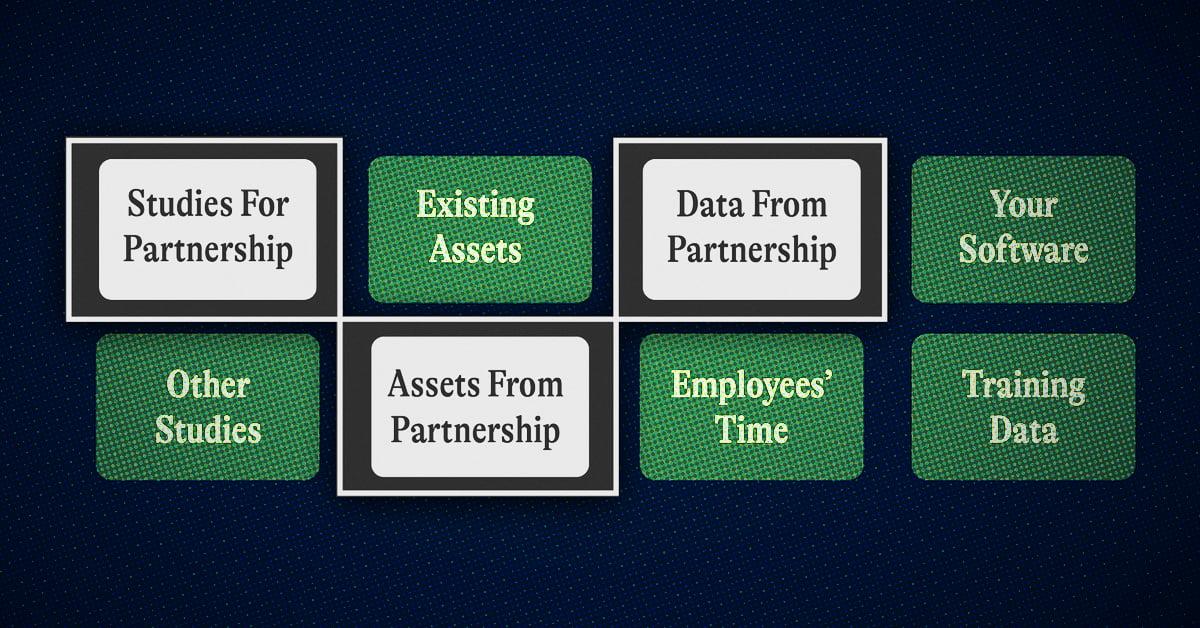

Longevity’s first blockbuster drug is hiding in plain sight.
An estimated 1 in every 8 Americans has already taken it.
It’s already generating nearly 40% of revenue for major drug companies like Eli Lilly.
It’s projected to generate $126B in sales by 2029.
GLP-1 drugs (like Ozempic and Mounjaro) are a case study in what’s possible when you tackle giant markets that people truly care about. It’s an example of how targeting the root cause of diseases keeps people healthier for longer. It’s an example of our larger thesis of moving from sick care to healthcare.
GLP-1s drugs are a blueprint for the next era of medicine. I can tell you this as an investor who has followed these technologies. And as a person, who started taking these drugs about a month or two ago.
This is just the beginning.
When Medicine Feels Like Magic
Ten years ago, if you’d told people they could take a drug to lose weight without overhauling their lifestyle, they’d have laughed. The common answer was: just watch your diet and exercise. And while that works for some, it’s not a great option for most people. Myself included.
I’ve been a relatively healthy person most of my life. I work out and try my best to eat right. But it was always hard, and I’ve always struggled with a few extra pounds. This was especially true when I was a startup founder. That’s part of the struggle — high stress tends to mean stress eating.
Keeping healthy in today’s world is hard. It requires a monastic level of commitment to keep yourself healthy and fulfill all the other commitments of family, work, and life.
This isn’t a personal shortcoming. You have life and biology working against you. Our bodies were never evolved for industrial foods filled with salt, sugars and fats. Over-eating is the hardest addiction to quit – after all you can always stop using drugs or stop drinking alcohol, you can’t stop eating.
Today, 42% of Americans are obese. 55% report that they’d like to lose weight. And the downstream effects of this are significant on a personal and societal level.
If you read those statistics for any other disease, it would be a catastrophe. Yet, for years, the only answer we had for people struggling with their weight was diet and exercise! And if that didn’t work, we blamed the patient. Poor discipline. Bad habits.
Is it any surprise that GLP-1s feel like magic to people?
It’s the first time we’ve created medicine that meets people where they are.
Yes we have lifestyle interventions, and they work. But now we also have an additional support system that helps people gain momentum toward better health.


GLP-1s didn’t start out this way. The first GLP-1 approved by the FDA has been around for ~20 years and was originally intended to treat type 2 diabetes. But when their weight-loss effects were discovered, an even bigger form of product-market fit on a massive scale was achieved.
There’s a reason GLP-1s became a blockbuster so quickly. These drugs offered two powerful promises:
1. Immediate Quality of Life Improvements
Small reductions in weight have been linked to improved energy, better mood, better sleep, and more self-confidence. Targeting one thing (weightloss) comes with improvements in health across the board.
In my experience, the drug just eliminated my hunger. Losing weight was painless compared to traditional lifestyle interventions.
This immediate feedback loop makes GLP-1s feel like magic.
2. Long-Term Benefits for Individuals + Society
Even modest weight loss improves cardiovascular health, metabolic function, pulmonary outcomes, and other long-term indicators. People know this, but losing weight has been so hard that it’s easy to give up and sacrifice your future health for immediate comfort.
The short-term benefits of losing weight—improved energy, better sleep, reduced inflammation—create a positive feedback loop that strengthens your resolve to maintain healthier habits.
But the real power of GLP-1s lies in their potential to address chronic conditions that typically emerge later in life.
By tackling obesity early, these drugs may help prevent heart disease, diabetes complications, joint problems, and many more problems down the line. On a personal and societal level, preventing these conditions could have a massive impact. The US spends $173 billion treating obesity-related conditions each year.
This is why GLP-1s serve as such a powerful model for longevity medicine. They bridge the gap between immediate gratification and long-term health investment. They show that when you make preventative care accessible and effective, people will embrace it.
It starts out feeling like magic, or science fiction. Within a generation, when the benefits become clear, it’s normalized.
GLP-1s drugs are the beginning of this shift on a massive scale. Not everyone will admit it yet. Eventually, taking drugs like these is probably going to be very normal.
That’s part of the reason I’m sharing my story. The more we talk about this, the more likely we are to develop more therapies that help people on this scale.
When I first started taking GLP-1s, the first thing I noticed was how effortlessly I stopped snacking. It wasn’t a battle of willpower anymore — I just didn’t think about food. I did initially have some nausea and sleep disruptions, but that was a matter of getting my dosage right.
But after three weeks off the drug, that old snacking behavior crept back in. I could feel it. When I resumed at a lower dose, the hunger suppression returned, but without the nausea or sleep disruptions I experienced initially.
Again, this isn’t a panacea, and if you’re already at a healthy weight I wouldn’t suggest using these drugs. In fact, GLP-1s aren’t even perfect right now. Some people are worried about reduction in lean mass, for instance. While this hasn’t been my experience, as someone who eats enough protein and exercise regularly, there’s a new generation of GLP-1 drugs coming online that should be better than these — ideally they can be taken orally, and have fewer side effects.
I can easily see why this feels like a miracle to people. That’s what longevity medicine should feel like.
A New Playbook
There are three key takeaways from the GLP-1 story.
1. Solve for Root Causes, Not Symptoms
The shift from reactive treatment (sick care) to proactive prevention (health care) really works.
Historically, biotech has operated under a fragmented, reactive model. You develop drugs to target specific diseases one by one. You get regulatory approval for a narrow indication. And you hope that, eventually, those interventions translate to better overall health. Or, if not, you end up on a cocktail of drugs for the rest of your life.
GLP-1s flipped that model. They showed us that if you target a root cause — obesity — you also tackle a cascade of downstream conditions.


This isn’t theoretical anymore. GLP-1s are already expanding their indications. They’ve recently been approved for sleep apnea because excess weight exacerbates the condition, for example.
This is the playbook for longevity: start with a primary indication, prove safety and efficacy, and then expand to adjacent conditions that share the same root cause.
2. Pursue Giant, Mass-Market Problems
The biggest critique I give to techbio founders is that they’re not thinking big enough.
You should be thinking about how to solve giant health problems that affect huge swatches of the population.
That’s what we’re doing with Renewal Bio. Our overarching goal is to renew the whole human body by replacing failing cells and tissues with healthy, genetically identical ones.
Of course, you have to be strategic and data-driven about how you develop those drugs in the short term. That’s why we’ve chosen a few early indications to prove our concept. At Renewal, we’re starting with the immune system by replacing bone marrow stem cells.
If you aim for a large, mass market problem, you’ll discover many new indications along the way. The key is to have that larger goal in mind.
One way to narrow in on truly huge problems is to question everything. What are we just living with right now that shouldn’t be that way?
A few years ago, people saw being overweight or obese as a personal failing. That was never 100% true — there is a genetic component to obesity for example. But back then, the idea of taking a drug to magically lose weight seemed crazy.
People say the same about aging. If you ask people if they want to live longer, many initially say no. But if you ask them if they want to feel young, feel healthier, watch their great-grandchildren grow up…that answer changes.
Don’t feel foolish aiming for these huge problems. These are the biggest possible markets, and they demand hardcore solutions.
That’s why we have put out a challenge to our longevity founders: what would it take to get humans to live to 160?
That’s how we really move the needle.
3. Stay Connected to What People Care About
We became innovators to solve real human problems.
GLP-1s remind us to refocus on what matters most to people. Not what’s most interesting to research, not what’s easiest to build, or what is easy for regulators to approve. What fundamentally improves human experience.
Look at the core challenges people face: Struggling with energy as they age. Fighting loneliness. Wrestling with mental health. Battling sleep issues. Even these “daily struggles” drain joy from daily life.
Longevity is about mapping the interconnected landscape of human wellness, and finding where we can do the most good. Would maintaining joint mobility help people stay socially engaged in later years? Could weight management unlock better sleep? Can we design solutions that address multiple dimensions of health simultaneously?
When we zoom out and see health as a holistic experience—physical, mental, social—we start designing differently.
We start asking better questions. We start building solutions that don’t just treat symptoms, but enhance the entire human experience.
Our mission isn’t to impress other scientists. It’s to give people more good days. More energy. More connection. More life.
Build the Next “GLP-1 for X”


If GLP-1s are the first proof of concept, the next wave of longevity drugs will follow a similar pattern.
We should be asking: where’s the GLP-1 for sleep?
For aging?
For burnout?
We know these problems are massive and pervasive. Poor sleep accelerates aging and increases the risk of chronic disease. Chronic anxiety wears down the body and mind.
It is a strange concept to wrap your head around. The inclination is to say: shouldn’t we just focus on lifestyle interventions, like diet, meditation, exercise to achieve these outcomes? But if you, like me, have struggled with any of these, you know it’s not that easy.
Yes, you should learn to detach from work. Find some inner peace. Develop an exercise habit. Lifestyle interventions exist and are great.
But the story of GLP-1 drugs tell us that treatments can really help make a huge difference in people’s lives right away.
Most people aren’t Brian Johnson, living in a state of perfect metabolic optimization with carefully calibrated sleep, nutrition, and exercise. We should be able to meet people where they are. Develop additional support systems – like GLP-1s – that fit into the chaos of real life.
The next blockbuster longevity drugs will be built for those people. That’s what keeping healthy people healthy is all about.
If you’re building a startup that’s aiming to be the “GLP-1 for X” — we want to hear from you. The market is ready. The returns will be enormous.
GLP-1s have given us a glimpse of what’s possible.
The biggest winners in longevity haven’t been built yet. And the next GLP-1 could be yours.
As Founders ourselves, we respect your time. That’s why we built BriefLink, a new software tool that minimizes the upfront time of getting the VC meeting. Simply tell us about your company in 9 easy questions, and you’ll hear from us if it’s a fit.



